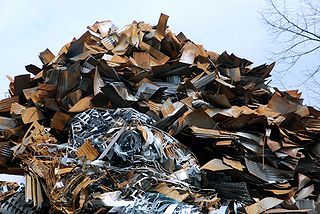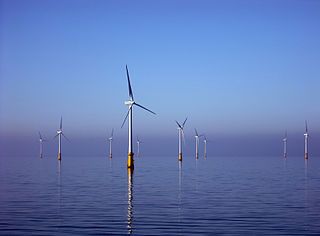From Guest Blogger Simon Craig: How to Get Rid of Instant Waste



Answer: Can be found at Clean Energy Answers.
Relevance: Improper management of lagoons and dry waste run-off, as well as lagoon overflow from rainfall events, contribute to regional water contamination. Agricultural run-off has been linked to dangerous pathogenic (disease causing) microorganisms such as (more…)

Be this as it may, here’s the bad news: the energy resources at stake here are not necessarily renewable. If we wind up with another continent full of coal-fired power plants, the result in terms of the environment will be disastrous.
All savvy entrepreneurs know that when it comes to costs and expenses, it’s wise to keep a close eye on your outgoings. When you’re running a busy office, it’s easy to run up unnecessarily high energy bills, which can have a huge impact on your bottom line. Of course, doing your bit for the environment is also a concern, and as consumers are becoming more aware of their impact on the world around them, many are choosing to do business with those who take their responsibilities seriously. (more…)

I can’t expect he’d be too happy with where we’ve gone today in terms of income inequality, the fight to cut social security and food stamps, etc.


When I sold the ExxonMobil that my father bequeathed me, I considered buying stock (more…)

But here’s an extra benefit that needs to be priced into the equation: the capacity to reduce the severity of storms. Extracting some of the kinetic energy on the periphery of hurricanes goes a long way to diminish the damage done by wind, and it also decreases the height and intensity of the ocean waves that batter the shoreline. The article linked above provides some estimates in terms of reduced damages in the case of Katrina and Sandy that would have been experienced had there been significant deployment of offshore wind in advance of those storms, and it’s pretty impressive stuff.
I’d like to thank our wonderful intern from France, Olivier Goavec, for this very interesting piece on the challenges associated with integrating large volumes of variable resources into the grid-mix. I hope readers enjoy it. – ed
When the Kyoto protocol was signed in 1997 in an effort to slow the pace of global warming, many countries began to change their approach toward energy. For example, the EU adopted in 2008 an internal agreement to produce 21% of its electricity from renewable sources by 2020. The region follows an economic policy to provide incentive to investors, by providing an attractive kWh feed-in tariffs. Read Complete Article Here.